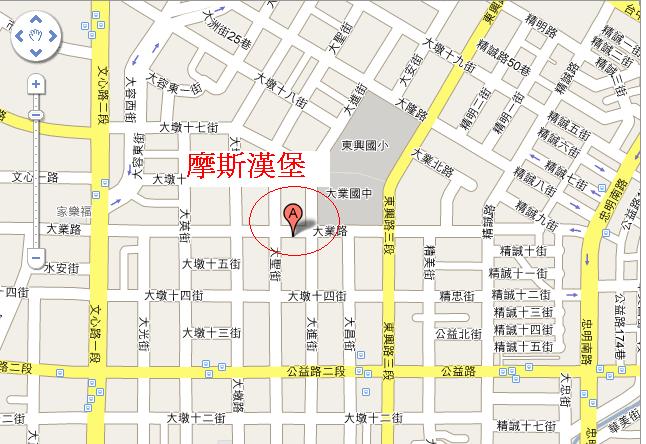網站 http://www.happyforum.org/ 歡迎超連結並轉寄網址
論壇 http://www.happyforum.org/happy/ 歡迎至論壇討論
Time:第198次例會,2009年03月14日(週六)下午2:30-5:30 [高雄 6-9]
Place:
viewtopic.php?t=15
14:30~15:00 Whiteboard Chat
15:00~15:50 Speaker: Alex Liu
15:50~16:00 Break
16:00~17:15 Topic Discussion
17:15~17:30 Happy Time: Elaine Liao
Taipei Dinner Location
Taipei Host: Carmen Tao / Photographer: Hans Lee / Gourmet: Elaine Liao
Excerpts from "BENCHMARKING EVALUATION OF NATIONAL INNOVATION POLICY IMPLEMENTATION"
Source: Journal of Global Business and Technology, Volume 4, Number 2, Fall 2008
As small island countries, both Taiwan and Ireland have been regarded as locations that have performed economic miracles; one, Taiwan, was part of high growth 「Asian Tiger」 economies that included Hong Kong, Singapore, Taiwan, and Korea. The other gained the nickname the 「Celtic Tiger」 as its sudden economic rise during the 1990s mirrored the growth of the Asian Tigers during the 1980s. Growing from agricultural economies to major regional players in western and oriental worlds, both have been studied as examples of national development and innovation. In particular, studies have documented the remarkable progress of Taiwan and cited government innovation policies as a major factor in this success.
National innovation policies are considered especially relevant for small developing economies as part of their adjustment to the changing international, economic, and technological order as well as improvements to their own economic and technological situation.
According to the Global Competitiveness Report 2006-2007, published by the World Economic Forum (WEF), Taiwan ranks 9th and Ireland 19th in the field of innovation among the 125 countries included in the study worldwide. In Asia, Taiwan ranks second, behind only Japan.
It is usually agreed that innovation is the key driver of economic performance. Innovation as a driver of growth theory is derived from the economic theory of creative destruction put forward by Joseph Schumpeter (1942) that states that in a capitalist society, long-term economic growth is generated by the creation of the new and the displacement of the old. As nations achieve higher levels of gross domestic product (GDP) per person, the main source of this change becomes innovation. Porter and Stern (2001) thus describe changes in advanced countries: 「The challenges of a decade ago, were to restructure, lower costs and raise quality. Today, continued operational improvement as a given advantage must come from the ability to create and then commercialize new products and processes, shifting the technological frontier as fast as their rivals can catch up.」 In addition, statistical comparisons of economic performance among countries show that the intensity of national innovative activity is correlated with higher rates of standards of living and productivity growth (Furman et al, 2002).
In 1986 the Irish GDP per capita stood at US$9,265 and Taiwanese GDP per capita was a close US$9,088. A decade later, strong economic growth in both countries had produced similar GDP figures of $15,481 and $14,092 in Ireland and Taiwan, respectively. However, by 2004, average annual working hours per employee in Ireland had dropped to almost 75% of their Taiwanese counterpart, the GDP gap had risen to nearly $7,000 (Taiwan $18,527 vs. Ireland $25,540), and Taiwan had experienced a period of very slow growth (Groningen Growth and Development Centre, 2006). This is probably why the Global Competitiveness Report placed Ireland in the category of innovation-driven economies and Taiwan in the process of transitioning to one.
Recognizing the relationship between innovation and economic performance, we then wish to explore how actual innovation-related factors drive the competitiveness of these two small but relatively fast-growing economies separately. The research effort is devoted to the main task of assessing and analyzing the innovation policies of Taiwan and Ireland, highlighting their specific strengths, weaknesses, and effectiveness in the specific economic and institutional contexts in which they operate. The underlying hypothesis is that the benefits of each country's science, technology, and innovation policies, including specific policy instruments, cannot be adequately assessed outside the specific national context for which they are designed. It is hoped the differences and similarities observed in national innovation policy will contribute to an understanding of how the two small island countries stimulate themselves and then achieve similarly outstanding innovation performance.
--------------------------------------------------------------
Questions
1. According to this excerpt, what is the relationship between a capitalist country's innovative activities and its economic performance?
2. Do you regularly read economic news like that of real estate, stock market, investment, business or tax? If so, which section do you read the most? If not, what kind of magazines do you usually read?
3. Please give a brief introduction to your favorite magazines or other publications. Tell us why you like them.
4. For your job, do you have to read any publications you don't like? Why don't you like them?
5. This article was cited from an academic journal retrieved at a school library. Can you suggest any other channel for people to get information like this?
例會須知
參與例會,請自行列印當週的討論文章並帶至現場,圖示如下:

請將社團網站,加入我的最愛
http://www.happyforum.org/
新竹,每週六 230-530 PM
Hsinchu, every Saturday
Place:
viewtopic.php?t=15

台中,每週六 230-530 PM
Taichung, every Saturday
Place:
viewtopic.php?t=15

高雄,每週六 6-9 PM
Kaohsiung, every Saturday
Place:
viewtopic.php?t=15

台北,每週六 230-530 PM
Taipei, every Saturday
Place:
viewtopic.php?t=15

















